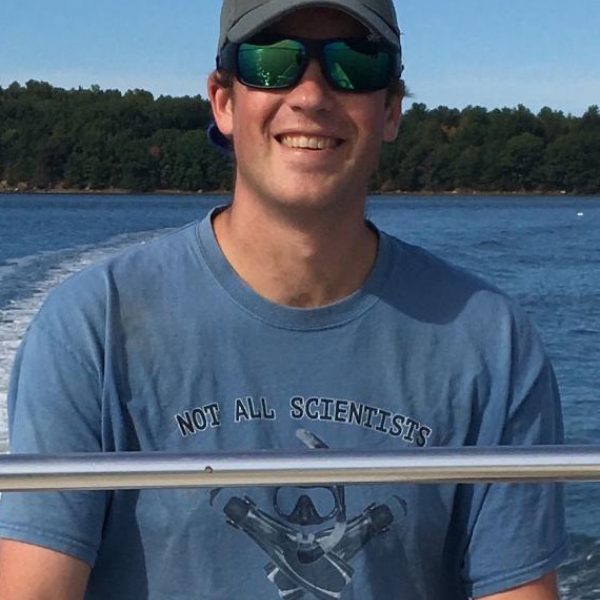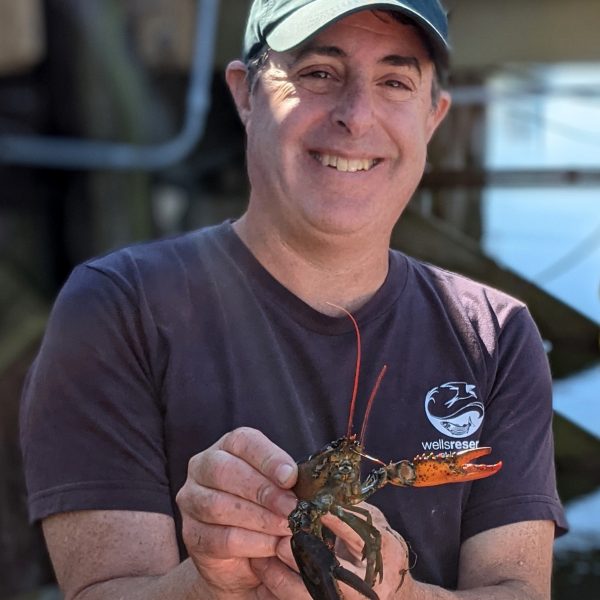Improving Business Practices to Reduce Mortality in the Lobster Supply Chain
Summary
The research team is using miniature fitness trackers and environment monitoring devices to locate stress points and improve survival in the Maine lobster supply chain.
Project Period
2020 to 2022
About the Project
Reducing stress points along the lobster supply chain can save millions of dollars while preventing waste of an important natural resource in a vital Maine industry.
The researchers measure lobster health and holding conditions throughout the supply chain to identify stress points leading to "shrink"—mortality that occurs "between capture and the kitchen."
By monitoring fluctuations in the heart rate of lobsters, and correlating that with changes in handling and conditions during transit, the team can suggest practical improvements that will minimize waste and make more efficient use of lobsters.
The prototype monitoring device is dubbed a crustacean heart and activity tracker (C-HAT or "sea-hat"). Once it is strapped to a lobster, the C-HAT monitors heart rate and movement as the animal makes its journey from a trap to an on-board live tank, then to a storage crate and onto a truck, eventually reaching a wholesaler or processor. A separate device, a "MockLobster," accompanies the tagged lobster to log ambient conditions along the way, such as temperature, light, and dissolved oxygen.
The physiological data combined with handling and environmental data are expected to reveal the stress points that could be modified to reduce lobster mortality en route.

![]()
Results
TBA
Collaborators
- University of Maine Lobster Institute (Dr. Richard A. Wahle, principal investigator)
- St. Joseph's College
- Wells Reserve
- Industry partners
Resources
UMaine Press Release (August 31, 2020)
Hakai magazine article (January 27, 2021)
Funding
$299,106 to UMaine through the NOAA Fisheries Saltonstall-Kennedy Competitive Grants Program


